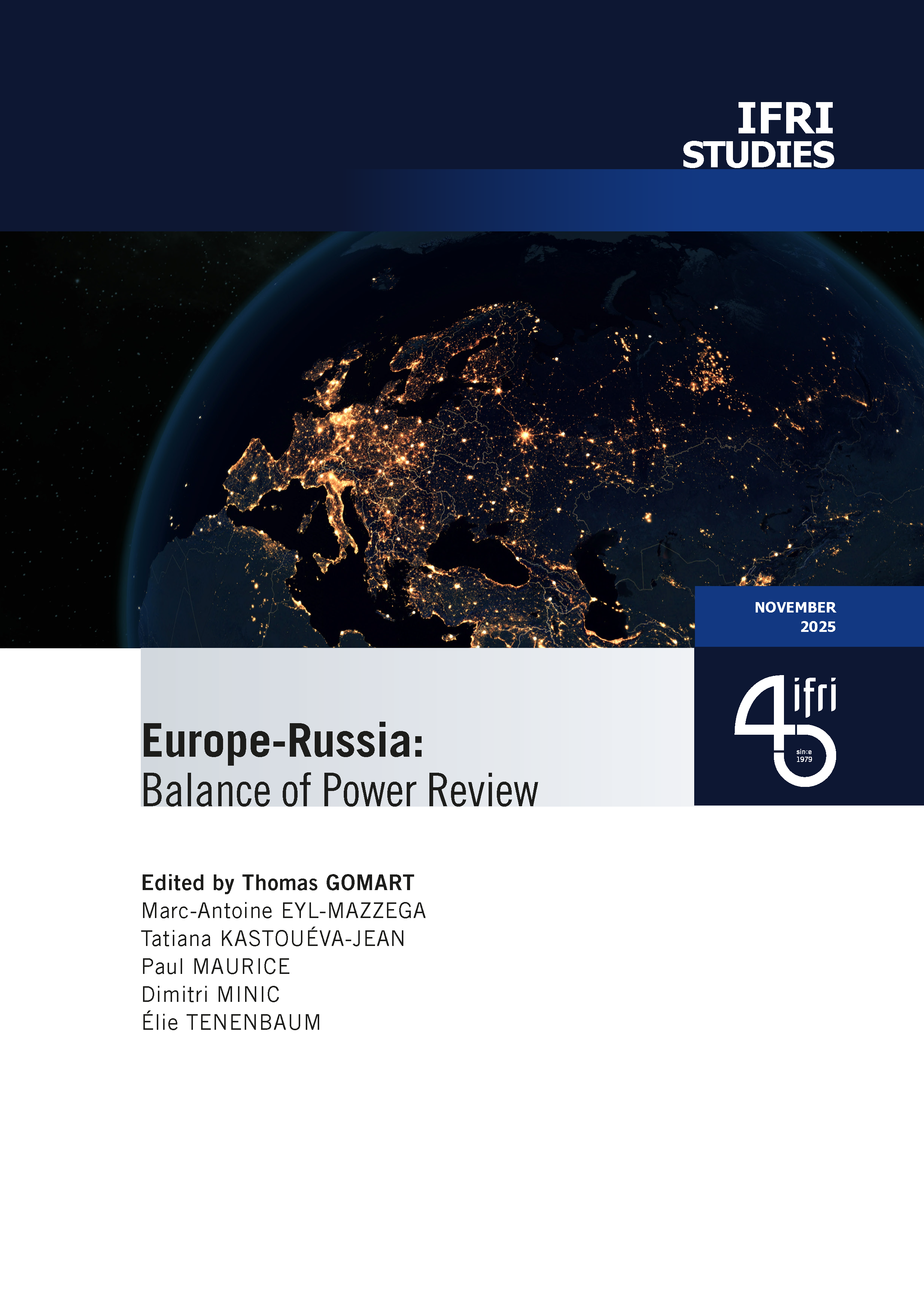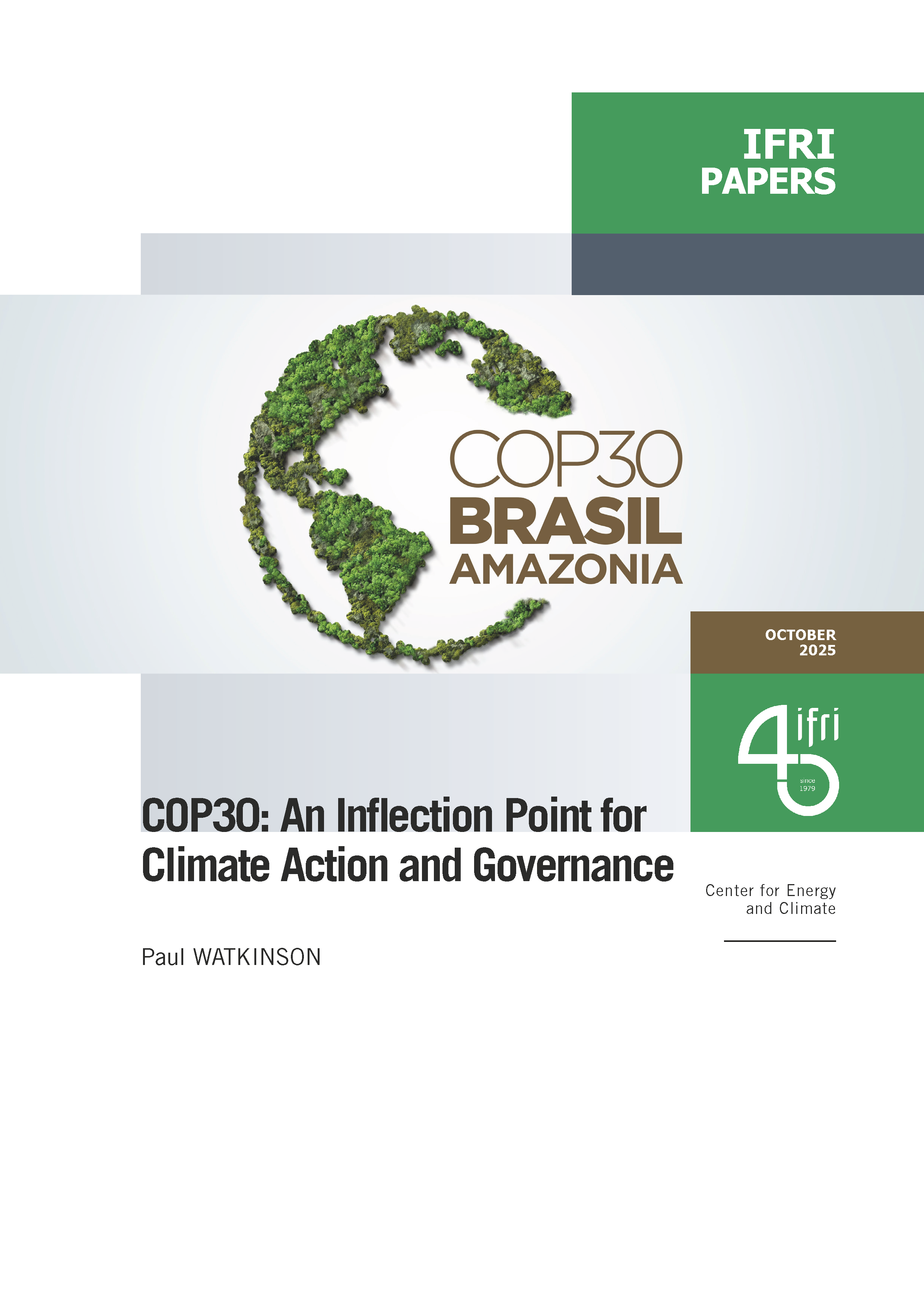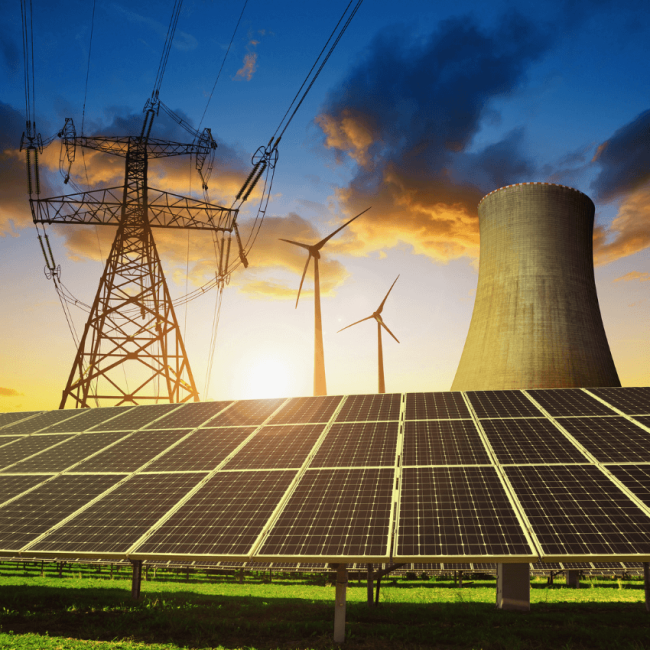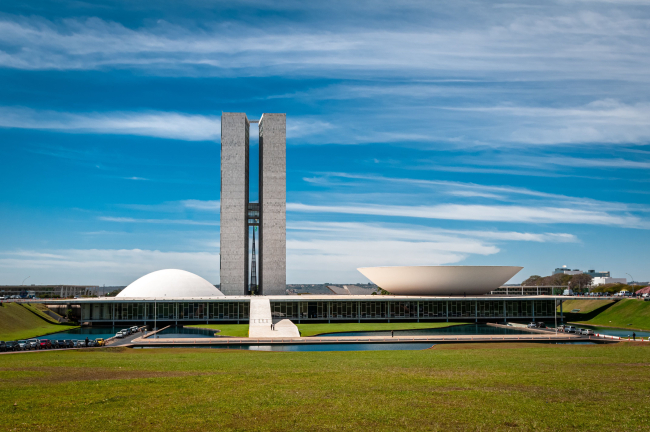The Strategic Dimension of Power System Flexibility: Opportunities in Europe

The European Union has embarked on an energy transition aimed primarily at replacing fossil fuels by electrifying demand.
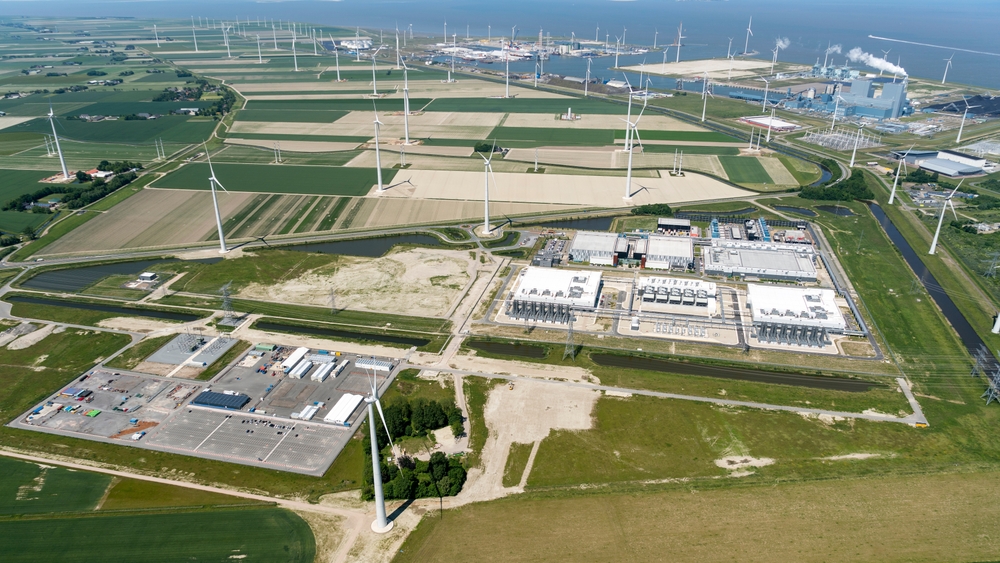
This objective is based on a massive increase in renewable energies (wind, solar) to complement the nuclear and hydroelectric infrastructures. However, the natural variability of these sources imposes new demands in terms of the flexibility of the electricity system.
Developing flexibility in the electricity system is essential to support Europe’s energy transition. A pragmatic and integrated approach will make it possible to maximise the use of renewables while ensuring the stability of the grid and the continent’s economic competitiveness.
Demand-side flexibility is essential and based on several complementary levers, which can be considered at two distinct levels.
At the first level, accessible to private individuals, small businesses, and local authorities, simple solutions make it possible to capture a significant proportion of the flexibility potential without excessive complexity. For example, well-calibrated time-of-use tariffs encourage use in line with solar photovoltaic production, while a critical peak pricing system helps to manage periods of low renewable production, such as the so-called Dunkelflaute period associated with low wind power. These approaches, which are easy to understand and adopt, appeal to users because of the economic interest they represent.
At the second, more sophisticated and largely automated level, flexibility has greater potential. In the building sector, intelligent devices such as connected thermostats, automated management of electrical equipment, and shifting of energy-intensive consumption (heating, air conditioning, household appliances) adapt in real time to renewable production. Electric mobility also plays a key role, thanks to dynamic recharging infrastructures. In industry, factories can modulate their consumption via load-shedding programmes, temporarily reducing their activity during peaks in demand, or by adopting more flexible processes. Finally, the installation of thermal batteries makes the most of variable, highly competitive electricity to decarbonise industrial heat.
Essentially, the electrification of buildings, industry and transport is providing more flexible uses than most, thanks to various forms of heat conservation and the electric vehicle batteries needed for their autonomy.
Supply-side flexibility is based on several complementary solutions. Improving electricity interconnections between European countries balances production and consumption, making it easier to export surpluses and import when needed. The development of storage plays a key role, with batteries for rapid response, pumped storage hydropower for large-scale storage, and hydrogen for long-term conversion. Finally, oversizing renewable infrastructures, combined with curtailment strategies to limit surplus production, secures supply and reduces the risk of shortages during periods of low production.
There is no point in trying to store all the surplus kilowatt hours of renewable electricity: storage facilities should be sized according to demand, not production. The price of renewable electricity has fallen so much that the economic optimum dictates that part of the production should be curtailed when there is a surplus. If we curtail 5% of wind or solar production, this will increase the price of wind or solar electricity by the same amount, but in many cases, it will still be the least expensive low-carbon solution when it comes out of the power station.
Developments in the regulatory framework must encourage the emergence of flexible solutions, on both supply and demand sides, including in the context of capacity markets, or possible mechanisms for reducing network costs for certain industrial consumers, as envisaged in certain countries. Financial incentives and electricity market reforms are needed to encourage these new practices.

Available in:
Themes and regions
ISBN / ISSN
Share
Download the full analysis
This page contains only a summary of our work. If you would like to have access to all the information from our research on the subject, you can download the full version in PDF format.
The Strategic Dimension of Power System Flexibility: Opportunities in Europe
Related centers and programs
Discover our other research centers and programsFind out more
Discover all our analysesBrazil One Year Away from the October 2026 General Elections
Brazil’s general elections will be held on October 4, 2026, to elect the president, vice-president, members of the National Congress, governors, deputy governors and state legislative assemblies. For the presidential and gubernatorial elections, a second round will be held on October 25 if no candidate obtains a majority of the votes in the first round.
COP30: An Inflection Point for Climate Action and Governance
The 30th Conference of the Parties (COP30), opening in Belém, Brazil, on November 10th 2025, convenes at a perilous moment.
The Strategic Dimension of Skills in the Clean Industrial Deal
In the competitiveness and energy transition battles, the European Union (EU) must master a determinant factor: skills.
The Energy Transition Faces Geopolitical Challenges. How Can Ideological Divides Be Overcome?
President Trump’s positions and policies, combined with record coal consumption and booming global electricity demand, geo-economic confrontation, and widespread concerns about energy security, are changing the game when it comes to understanding realistic decarbonization trajectories. The war in Europe is intensifying competition between defense and transition budgets. This is also the case elsewhere in the world.


